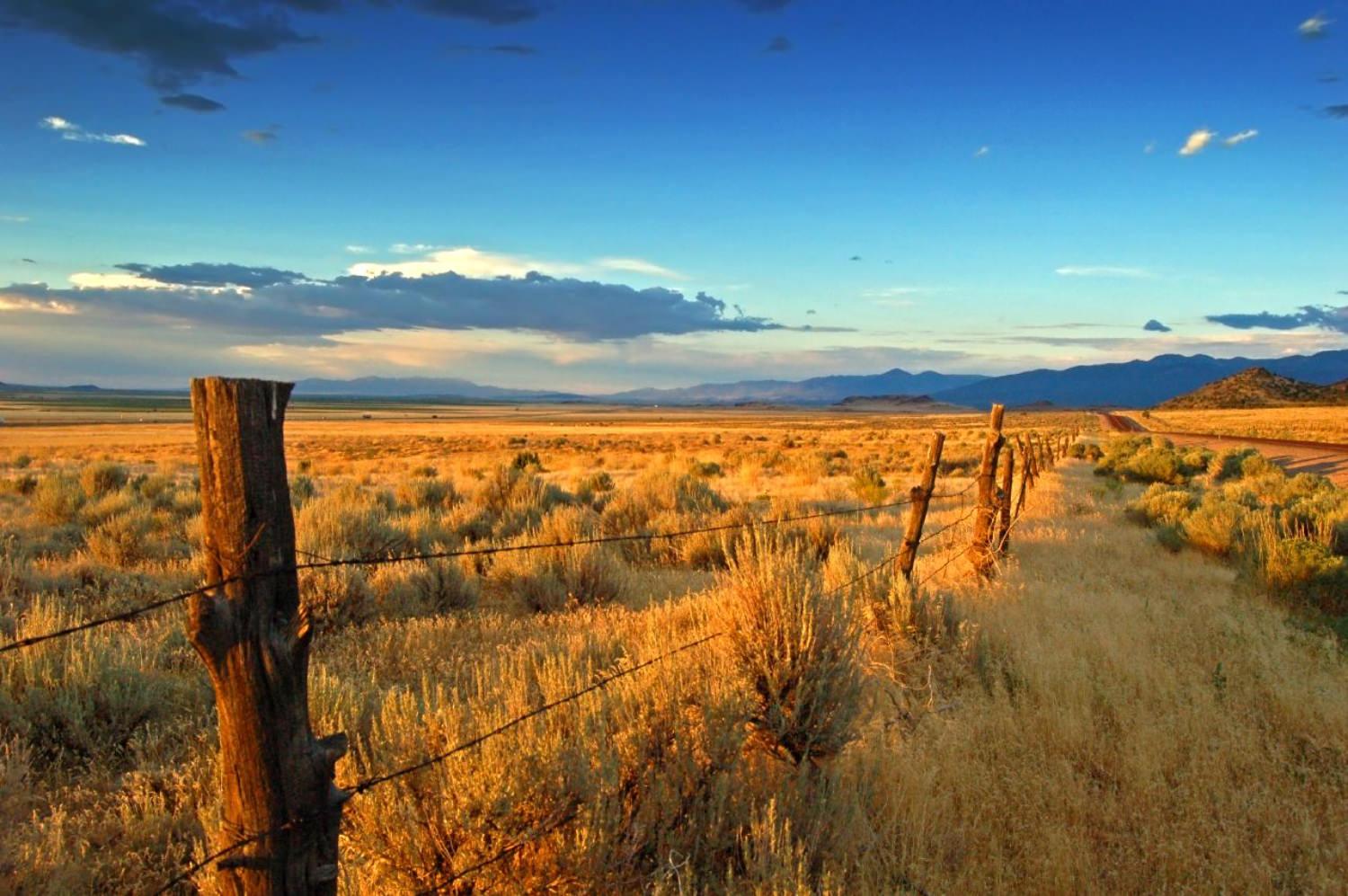We are surrounded by beautiful landscapes and vistas, representing nature at its most impressive and awe-inspiring. They're packed full of fascinating details, colours, and depth, and so it is little wonder that they are one of the most popular photography subjects.
Sadly, it can sometimes be difficult to translate a great landscape into a stunning photograph. Too often we are left with a shot which is flat, lacks interest, and doesn't do the original scene justice at all.
The key to great landscape photography is choosing a time of day which will enhance the scene's natural beauty. When you combine this with a viewpoint and composition which convey depth and grandeur, you've got a recipe for a truly breathtaking photo.
Choose an Interesting Spot
We are surrounded by opportunities for great landscape photos, from rolling meadows to imposing mountains to arid desert scenes. Choose a local area of interest and set about fully exploring it, finding new and unusual ways to photograph it.
We are surrounded by opportunities for great landscape photography. Image by Piero.
Once you're at your location, and before you even take your camera out of its bag, look around for the best place to shoot from. It is all too easy to just arrive and set up your equipment in the most obvious place, but this is where everyone will photograph from. Instead, try to find a different view of your chosen landscape. You will often find that you can include more foreground interest by moving a few steps to the side, or create a better composition by clambering on top of a rock.
Foreground, Middleground and Background
A landscape with depth is always more engaging than one which appears flat. Include elements in the foreground, middleground and background to add depth to your photo, and to invite the viewer to explore the scene in their mind.
Include interest in the foreground, middleground and background to create depth. Image by Marsh Gardiner.
Use a narrow aperture to maximise the depth of field, so that all areas of your landscape photo are in sharp focus. Of course by narrowing your aperture you increase the required exposure time, so be sure to mount your camera on a sturdy tripod.
Using a wide angle exaggerates your landscape's perspective, enhancing the feeling of depth in the photo. It also has the added benefit of increasing your depth of field, bringing more of you landscape into focus.
Lead the Eye
Compose your landscape photo so that a natural feature leads the viewer's eye into the scene from the foreground. Perfect examples include a meandering stream or a line of trees moving into the distance.
Time of Day
The start and end of the day are the best times for landscape photography. The low, directional lighting creates interesting shadows, bringing out the details in the landscape, and the colour of the sky adds atmosphere. The times around dawn and dusk are known as the golden hour, and professionals agree that they're the best times to shoot landscapes.
Morning and evening provide low, directional lighting which brings out the textures and colours of your landscape. Image by Chris James.
Avoid the midday sun if possible. The bright sunlight at this time of day creates a lot of contrast in your photo, making it easy to lose detail in the highlights or shadows, or both. The harsh overhead light at this time of day also tends to flatten the details in your landscape, making it even more challenging to capture a sense of depth in your photo.
Use a Polarizing Filter
Many landscape photographers swear by their polarizing filter, and for good reason - they really do work wonders on landscape photos, turning the sky a rich blue, bringing out the lush greens in surrounding foliage, and eliminating distracting reflections.
A polarizing filter will enrich the colours in your landscape scene. Image by Martin Sojka.
As well as a polarizing filter, you may consider using a graduated neutral density filter. These filter the light to a varying degree along their length, and are perfect for reducing the contrast between the land and the sky.
Bear in mind that any filters you use will increase the required exposure time, making a tripod even more important.
Cut Out the Sky
If you are faced with a dull, featureless sky, consider cutting it out of your landscape altogether. Doing so creates a more unusual photo (we are used to seeing the sky in landscape photography), and also draws your attention back towards the landscape itself.
If the sky does nothing to enhance your scene, don't be afraid to leave it out of your photo. Image by Stefan Mendelsohn.
